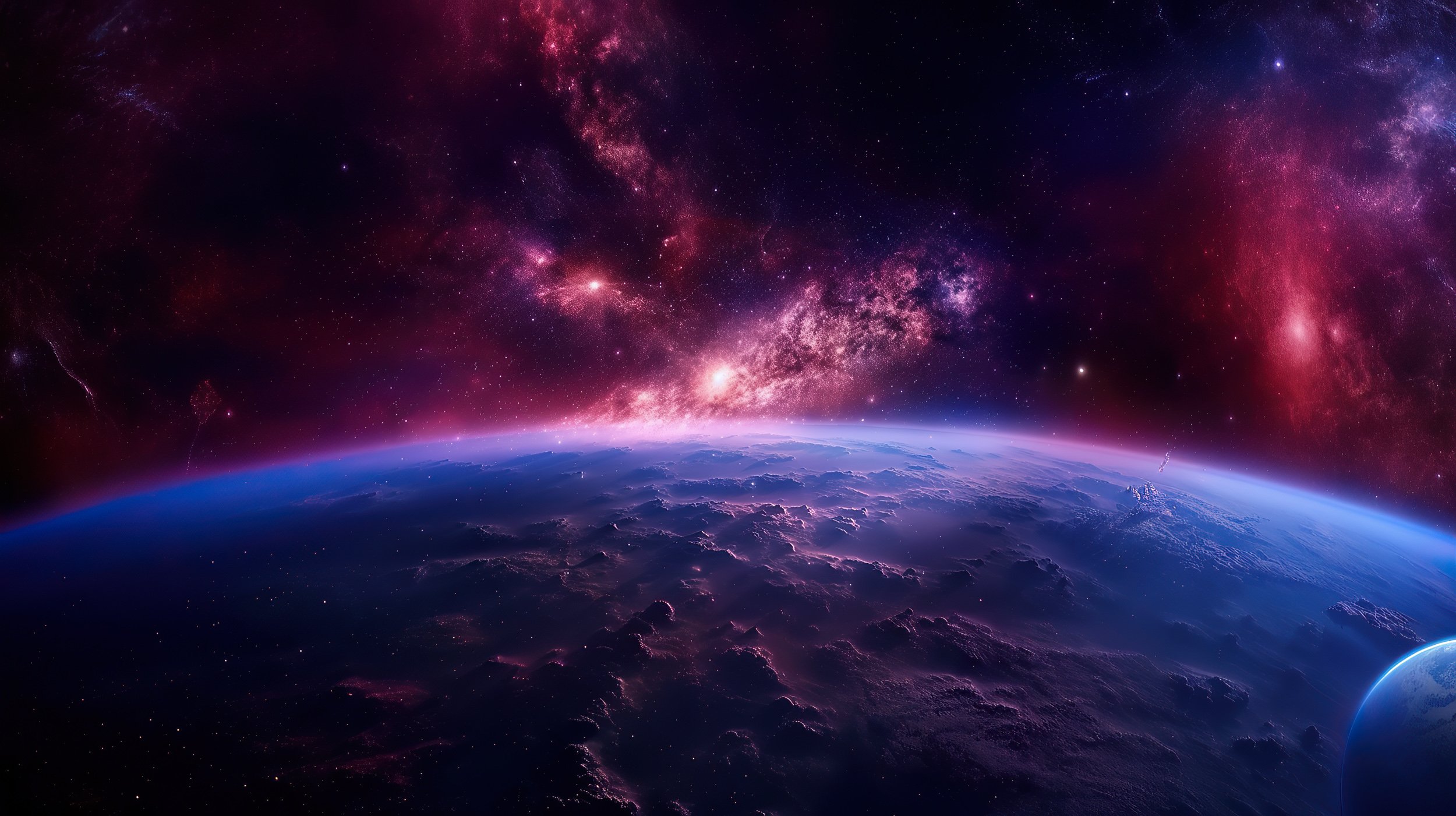
SIRIUS B & C
IN THIS SECTION, WE WILL BE DISCUSSING THE MYSTERIOUS SIRIUS B AND C STAR SYSTEMS.
According to the Akashic Records, the Sirius B system was already inhabited by races indigenous to that system; humanoid beings didn’t arrive in that system until later in Sirian history.
Most of the original beings on Sirius B were aquatic beings, such as cetaceans (dolphins, porpoises, whales, and other aquatic mammals) and Sirian mer-people (amphibian humanoid types) such as the Nommo, who visited Earth several thousand years ago.
The Nommo has been quite a large feature in the traditions and mythology of the Dogon, a remote West African tribe located south of Timbuktu in the Republic of Mali.
There’s a lot of books and information already out on the internet about the Dogon tribe and their interactions with the Nommo, so for the purposes of this section, I would like to keep my focus on the galactic history and beings of these star systems.
Sirius B is a white dwarf star, which is the last observable stage of a low-to-medium mass star. White dwarfs get dimmer and dimmer until they eventually stop burning and go dark, thus becoming black dwarf stars, the final stage of a star’s evolution.
Scientists like to study white dwarfs like Sirius B in order to gain a better understanding of the stellar cycle. Eventually, Earth’s sun will cycle to the white dwarf stage as well.
The luminosity of Sirius A overpowered scientists’ observations, making it impossible to isolate the much dimmer luminosity of Sirius B. It wasn’t until 2005, when astronomers were able to look at data collected by the Hubble Space Telescope, that they were able to measure the mass of Sirius B for the first time. They found that Sirius B has a mass that’s about 98 percent that of Earth’s sun. To this day, Sirius continues to be a favorite star system to study for astronomers and physicists.
How do these scientific facts feature in the galactic history of this star system?
It’s obvious that Sirius B (and C) were much older star systems than Sirius A, which verifies the claims in the Akashic Records that the amphibian and aquatic beings in these systems were much more ancient than the humanoid/cat beings that resided in Sirius A.
THE SIRIUS B STAR SYSTEM
THE AQUATIC STAR BEINGS
As mentioned before, the beings on Sirius B are mostly aquatic and did not feel a need to evolve to live on land. The planets of both Sirius B and Sirius A are quite watery and had very little land mass compared to Earth. The Sirian humanoids of Sirius A had to learn to retro-fit their watery environment to suit their land-based needs but for the mer people of Sirius B, they were naturally well-suited to the oceanic landscape of their planet.
These Sirian mer people were also great teachers and healers. However, they were not beautiful mermaids as depicted in the Earth mythologies; they would have been considered “ugly” or “fishy-looking” by Earth people’s standards. They had greenish skin that could change to multiple colors at will (like a rainbow), much like a chameleon’s. They had humanoid upper torsos and a fish-like lower torso and legs.
They were most often depicted in Babylonian, Akkadian, and Sumerian myths, as well as those of the Dogon. Some depictions of the Egyptian Goddess Isis, who is said to have originated from Sirius, shows her looking like a mermaid. The Babylonian water god Oannes was also said to be half-man, half-fish.
Interesting factoid: Did you know that there are some claims that the Cannabis plant originated from Sirius B? Even the origins of the word “cannabis” comes from the Greek, “canna” meaning “canine” or “dog” and “bis” meaning the number two. So cannabis is actually the “Two-Dog plant” from the “Dog Star” of Sirius. The Dogon people were the first ones to make that claim to Herodotus, the famous Greek traveler and chronicler, in 300 B.C.
Sirius C was the home to the descendants of Reptilian refugees from the Lyra-Draconian Wars and also to humanoid-reptilian hybrid races such as the race we now know on Earth as the “Annunaki.”
It is thought that “Niburu” or “Planet X” was once a small planet that revolves around Sirius C until the destruction of that star system, which then catapulted its orbit towards Earth.
SIRIUS C STAR SYSTEM
The Dogon people also talked about the existence of a third star in the Sirius system, which they called Emme Ya. In 1995, two French astronomers published the results of a multi-year study that there was apparently a small red dwarf star in the Sirius system, which only had about .05 the mass of Sirius B.
This makes the Dogon concept of Emme Ya, Sirius C, more probable.
In the Akashic Records, I saw this third star system of Sirius C was destroyed quite a long time ago, however, it is unclear if it was destroyed naturally as part of the dwindling down of its stellar cycle or by attack from another star system.

GALACTIC HISTORY
LYRA/VEGA
LYRANS
SIRIANS
ARCTURIANS
ANDROMEDA GALAXY
ANTARES
REPTILIANS
PLEIADIANS
ORIONS
ANDROMEDANS
EARTH EXPERIMENT


Akashic Records Trainings




















